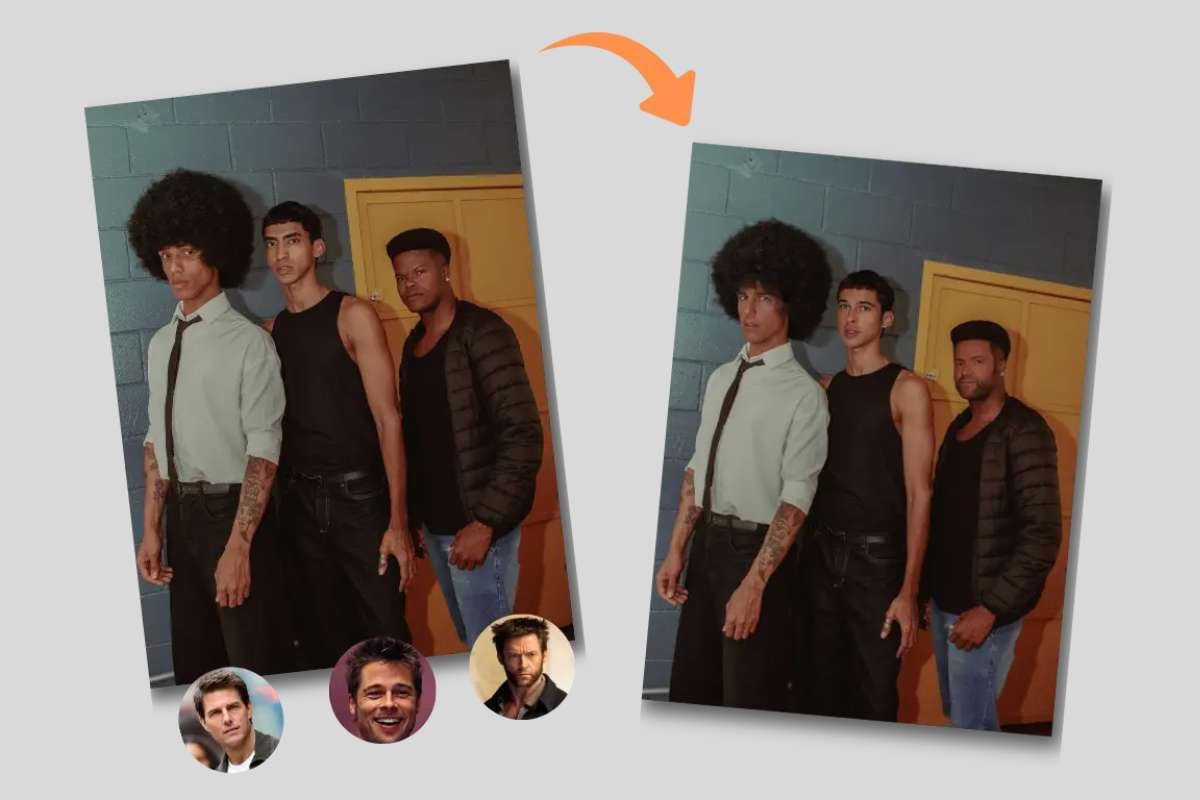Now, the competition for consumers’ attention is more challenging than ever and takes place in a matter of seconds. First impressions in product design are the deciding factors in whether a product sells or ends up in the backroom.
The Three-Second Attention Phenomenon
Have you ever found yourself in the middle of an aisle in a shop when an item on a shelf seems to magically grab your attention? You might claim otherwise, but you are already reaching for it.
This is an example of something I like to call the ‘three-second attention grab’ in product design. You have three, maybe five seconds, and then poof. They are gone, on to the next thing.
The Science Behind Instant Decision-Making

Your Brain Works Faster Than You Think
What’s fascinating is that you decide long before examining a product deeply. This is pure instinct, colours, shapes, and feelings your brain processes before conscious thought kicks in.
Why do you touch something in a shop and instantly feel ‘this is right’? This is not a matter of more attention but first impressions in product design. If a product does not catch the eye in a couple of seconds, it is bound to get lost in the crowd.
What Really Gets People’s Attention?
I will be as polite as I can in describing this idea. Take the colour palette:
- Red makes the heart pump
- Blue engenders trust
- Green gently indicates ‘fresh and natural’
The form of things is also equally important. Hard-edged form is ‘strong and trusted’, soft flowing form is ‘warm and friendly’.
Any specialist product design agency can tell you the psychological reasoning for this. Understand what I’m saying. It is not guesswork. It is a scientifically proven fact. They know the sequence for eye movement on their packaging:
- The brand name comes first, so that you know who produced it
- Then the key benefit is that you understand why you need it
- Then that psychological ‘pick me up’ cue
The Role of Texture in Product Appeal
There’s a story in texture as well. The feel of the packaging can tell you something:
- Glossy surfaced materials shout ‘value for money!’
- Muted finish whispers ‘value and quality’
Long before the fingers touch, the mind is already making assessments.
The Mind Games Behind Quick Decisions
Your mind has a strange tick in processing information, attributing a sense of “knowing” something without actually seeing it. This is why first impressions in product design matter so much and why established brands maintain uniform looks across products-you can spot their memorabilia across the store.
McKinsey research shows that better product design can deliver 300 to 400 basis points of growth at the SKU level through improved shelf presence alone. We see, associate, judge, and conclude from mere visual estimates. Packaging that looks like it came from a dollar store? You’ll think “it’s probably rubbish.”
Where Brands Mess Things Up Royally?

The Biggest Design Mistakes
The biggest mistake I can see? It’s trying to speak everything at once. Competing elements, fonts, colors, and messages struggle for attention, and the eye has no idea where to look first and ultimately abandons the attempt.
Examples of Design Failures
I have seen amazing products fail spectacularly because their first impressions in product design were poor-like when someone treated the cover design as a weekend high school art project. No one bought the amazing coffee because the cover screamed, “cheap instant rubbish.” This generic supermarket own-brand skincare is, sadly, and for no reason at all, revolutionary.
Color Category Misalignments
Do not get me started with brands that use the wrong colors for their category:
- Brown cleaning liquids?
- Purple packaging for meats?
It gives discomfort without the awareness of why.
Building That Instant Connection
Focus and Message Clarity
Focus the attention on one main message and ask yourself, what is the most important thing I want people to take away? Everything else should clearly support the main message without being noisy.
Strategic Use of Color Psychology

This is where color psychology works in your favour:
- Warm colors and combinations like red and orange are stimulating, energising, and tend to make food more appetising.
- Calm and cool colors like blue and green are associated with health, freshness, and calmness.
- Neutral colors and combinations tend to convey “premium quality”.
Establishing Visual Hierarchy
Make sure the visual hierarchy is as effective as it can be. The user should see the brand name, the product name, and the key benefit in that exact order.
Conclusion
The first impressions in product design that a consumer-facing design gives is all-important in determining success or failure in the marketplace. Failing to capture the psychological elements that drive attention and trust will end up eliminating any brand from the competition. For thriving products, the difference is the much-charged absence of emotional connection to the product.
The elements of visual hierarchy, color design, and emotional connection will be the deciding factors in determining whether a product becomes a bestseller or a casualty in the warehouse.


















